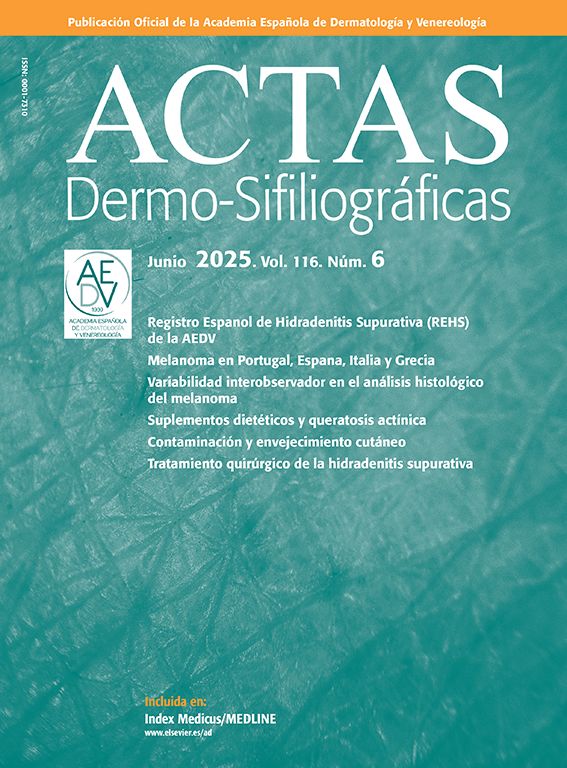I read with interest the results of the bibliometric study by Miñones-Ginarte et al.,1 which concluded that Spanish dermatology has played a brilliant role in generating direct clinical knowledge during the pandemic caused by SARS-CoV-2 infection; the conclusions were based on data from PubMed. Given the enormous volume of articles about this infection that have literally inundated the biomedical literature, it seems difficult to conceive of finding only 254 publications by Spanish authors during the specified study period of February 1, 2020, to January 1, 2021. As I write today (February 24, 2022), I find 103707 articles using the same search strategy in titles that Miñones-Ginarte et al. used: the search terms were SARS-CoV-2, COVID-19, skin, cutaneous, and dermato- separated by the Boolean operator OR. When the descriptor Spain was added to the affiliation field, the number of articles fell to 3813. Clearly, that figure is far from the 330 publications Miñones-Ginarte et al. reported finding and the 254 publications they analyzed in their study.
In addition, the authors classified the publications into 2 categories, one that contributes direct clinical knowledge (case reports and case series) and another with articles that make no contribution to direct clinical knowledge. This classification is highly questionable and lacks interest. Given the strict requirements of scientific quality required by MEDLINE/PubMed before journals are indexed in the database,2 all studies included are relevant, not just those labeled case reports. What does it mean, for example, that the authors did not include articles indexed as clinical studies or clinical trials among those making direct clinical contributions? In my opinion, the criteria used to categorize these articles were in error, unless the authors’ aimed to study only case reports when quantifying Spanish contributions to COVID-19 knowledge. An inappropriate study design undermines the validity of any research and casts doubt on a study's scientific interest.3 Also unjustified was the authors’ use of free search terms rather than medical subject headings (COVID-19, SARS-CoV-2, and dermatology, etc.). Finally, the authors’ most important mistake was that they generalized from a sample of 254 articles, adjusting for population (per 100000 population) and countries’ COVID-19 case and mortality rates in order to make comparisons. The decision to do so was scientifically flawed given the issue of data accuracy and the well-known technical problems related to managing epidemiological data describing this disease.4,5
It is important to point out that methodological details of some of the cited studies are imprecisely reported, a problem that necessarily undermines interpretation and can lead to false conclusions.6,7 For example, the cited study by Haghani et al.,8 which is based on data from Scopus, gives the information for Spain in a supplementary table that corresponds to publications on coronaviruses in general, not specifically the one that causes COVID-19.
When Spain was said to be in 15th place in general bibliometric studies according to the cross-sectional study of Liu et al.,9 there were 3 Spanish publications out of a total of 550 that appeared over the course of 10 weeks, meaning that the percent visibility of Spain's research in that sample was 0.5%. According to another cited study,10 Miñones-Ginarte et al.1 reported that Spain ranked in seventh place (though in fact it was eighth place) or ninth “depending on which database was being analyzed”* but they do not mention that the articles analyzed by the authors of that study were exclusively preprints found in a variety of online platforms.
Actas Dermo-Sifiliográficas has always been a journal of reference, implicitly invested in scientific quality. It is one that occupies a unique and unchallenged position among solid, prestigious journals in Spain. Possibly the journal's rigorous peer review process should have been applied to the scientific letter by Miñones-Ginarte et al.1 None of these criticisms call into question the fact that Spanish dermatologists indisputably contributed to the advance of science in their specialty before and during the pandemic, and that they will surely continue to do so.
FundingThis paper did not receive any type of funding.
* Translator's note: At the time of publishing this translation, the page number for the phrase quoted from the translation of Reference 1 was not yet available. However, the phrase in context can be found by searching the translation of Reference 1 when it is posted online.




